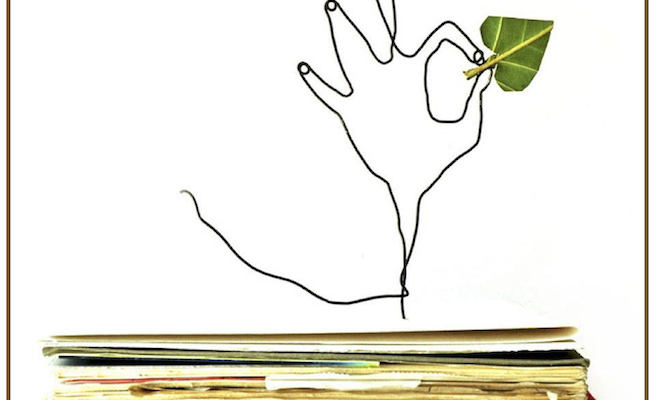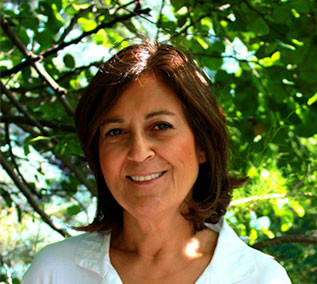Goethe’s theory of colors, and how the eye sees and simultaneously creates its own color The great poet and savant Johann Wolfgang von Goethe (1749-1832) passionately explored the phenomenology of light and colors witnessed by the human eye, and collected his findings in Farbenlehre (Theory of Colors). His innovative doctrine of “physiological colors,” though dismissed by some due to lack of empirical data in his epoch, would later lead to wide repercussions in the centuries to come in art, physics and philosophy. He proclaimed that the colors referred to as physiological pertain to the subject, the organ of sight, …
Tag: Sufism
Rose has been considered the symbol of love, beauty and divine perfection since ancient antiquity. Rose essence was used in cooking, medicine and various ceremonies at the time of Zoroaster (circa 1000 BC) in Persia. Washing the hands and face with rosewater for purification, sprinkling rose water on one another, drinking rose syrup, burning rose incense featured various ethnic, cultural, religious ceremonies. During the middle ages, the rose was cultivated in monastery courtyards and was used for incense and medicinal purposes. It is been said that the finest rose water and oil is extracted from what is commonly known today …
“Between the stimulus and response, there is a space and in that space lies our freedom and power to choose our response. In our response lies our growth .” – Viktor Frankl Having survived the concentration camps during World War II, Viktor Frankl wrote his renowned book Man’s Search for Meaning in 1946. He asks the fundamental question “What is the meaning of life ?” The answer, he says, does not lie in theories on life or in meditative thoughts. The meaning is crafted by our conduct. When we ask what life expects from us rather than what we expect …











Social Profiles